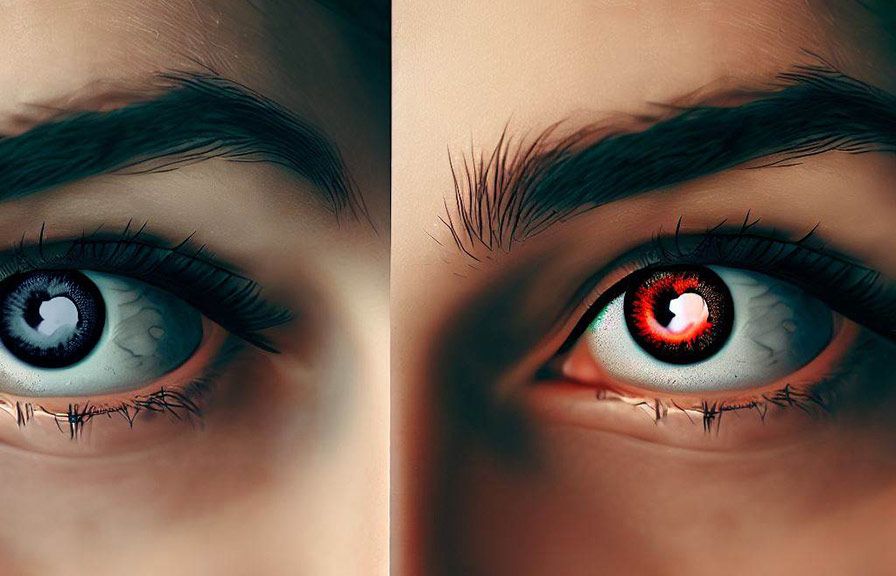Have you ever been amazed by the ability of modern photo editing software to magically fix your flawed images? well, buckle up, because the future of image fixing and repairing is even more astonishing. in this post, we'll delve into the world of photo repair, discuss the future of fixing photos,
And explore how to tackle common image problems like red eyes, blemishes, and scratches.

Did you know? the first digital image was created in 1957 by russell kirsch at the national bureau of standards (now nist). it was a 176x176 pixel image of his infant son.
The emergence of photo repair and image fixing technologies
In the early days of photography, repairing images was a painstaking process. skilled artists would meticulously retouch photos by hand, using brushes, inks, and other tools to enhance or restore damaged images. fast forward to the present day, and digital technology has revolutionized the process of fixing photos.
Advanced software and artificial intelligence (ai) algorithms are now capable of repairing image flaws in the blink of an eye.
The future of image fixing and repairing
As we look towards the future, one thing is clear: the world of photo repair and image fixing will continue to evolve at a rapid pace. ai-powered tools are becoming increasingly adept at identifying and correcting a wide variety of image issues, from minor blemishes to complex structural damage.
We can expect to see even more advanced techniques and tools in the coming years, making it easier than ever to restore and perfect our cherished photos.
Little-known fact: the first widespread use of digital image processing was by nasa in the 1960s, as they utilized computer algorithms to enhance images of the moon and planets.
How to fix common photo problems
Now that we've explored the future of image fixing and repairing, let's dive into some tips and techniques for addressing common photo problems.
Red eyes
Red eyes are a common issue in flash photography, caused by the reflection of light off the blood vessels in the retina. to fix red eyes in a photo, many editing programs offer a dedicated red-eye removal tool.
Simply select the tool, click on the affected area, and watch as the software automatically corrects the problem.
Blemishes
Blemishes, such as pimples or scars, can be distracting in a photo. to fix them, use the healing brush or clone stamp tool in your preferred editing software. carefully sample an area of clear skin adjacent to the blemish, and then paint over the imperfection to seamlessly blend the two
Areas together.
Scratches
Scratches on old photos or scanned images can be particularly tricky to repair. to fix scratches, use the healing brush or clone stamp tool in a similar manner as with blemishes. however, you may need to work with smaller brush sizes and higher magnification levels to achieve the best results.
Uneven lighting and exposure
If your photo suffers from uneven lighting or poor exposure, try using the levels or curves adjustment tools in your editing software. these tools allow you to selectively brighten or darken specific areas of the image, helping to balance out lighting issues and create a more visually appealing photo.
Color correction
For photos with unwanted color casts or imbalanced hues, use the color balance or hue/saturation adjustment tools. these tools give you the ability to tweak the color balance of an image, allowing you to neutralize any unwanted color casts or enhance specific hues for a more pleasing result.
Surprising fact: in 1861, scottish physicist james clerk maxwell created the first color photograph using three separate black-and-white images taken through red, green, and blue filters.
Conclusion
The future of image fixing and repairing is undoubtedly exciting, with advanced ai-driven techniques set to revolutionize the way we restore and enhance our photos. as these technologies continue to develop, we can expect to see even more powerful tools for fixing common photo problems like red eyes, blemishes, and scratches.
So, whether you're a professional photographer or simply looking to spruce up your personal photo collection, the future of image fixing and repairing holds much promise for making your images the best they can be.
